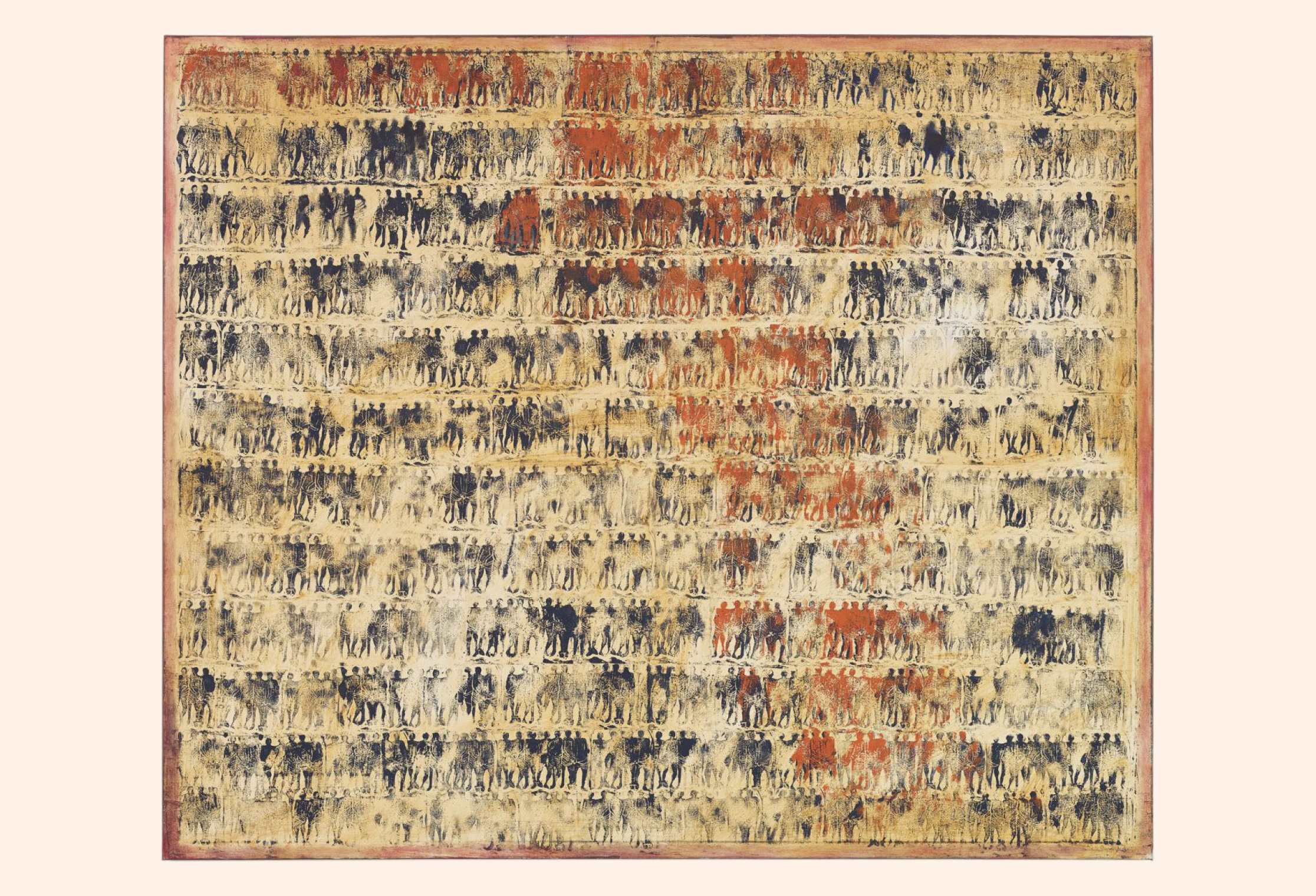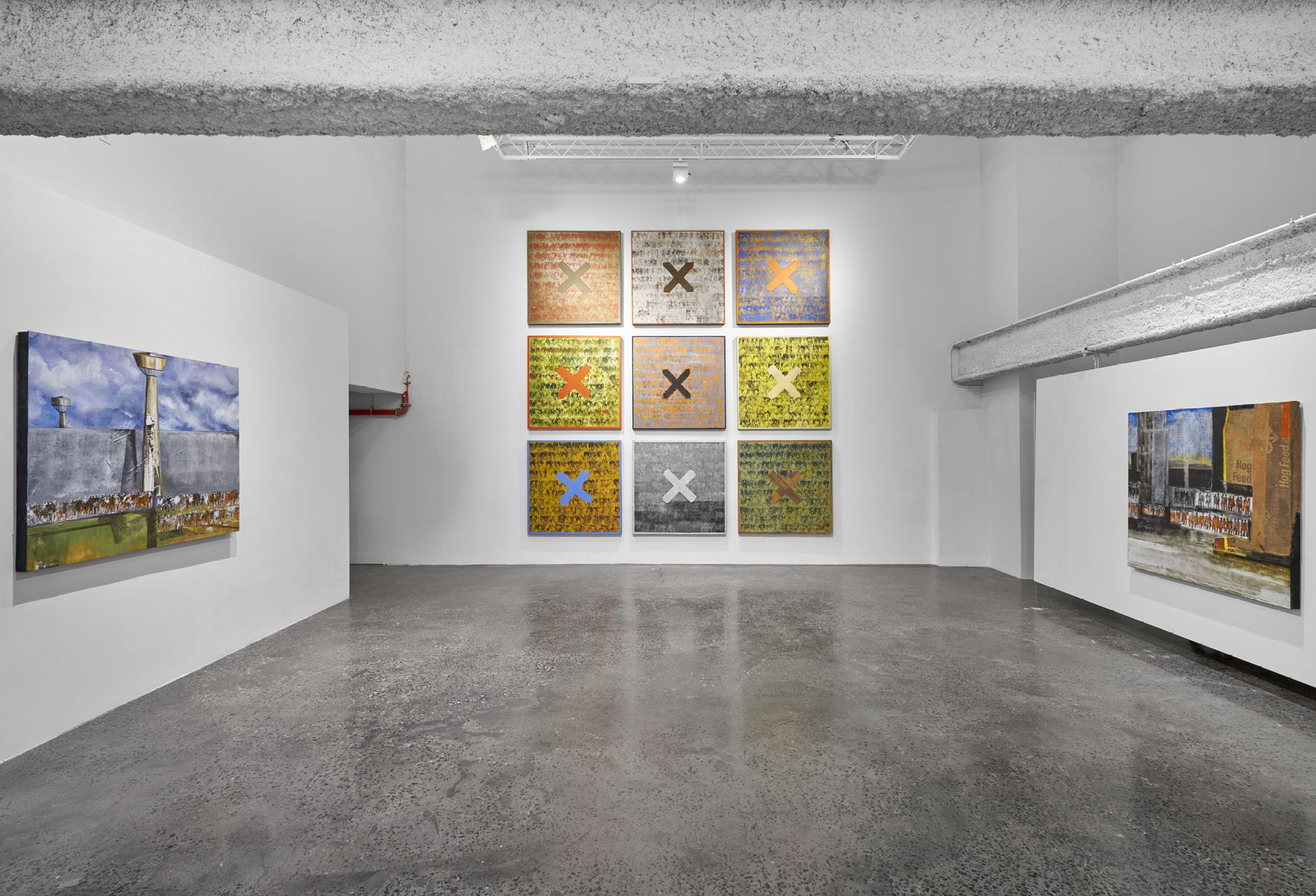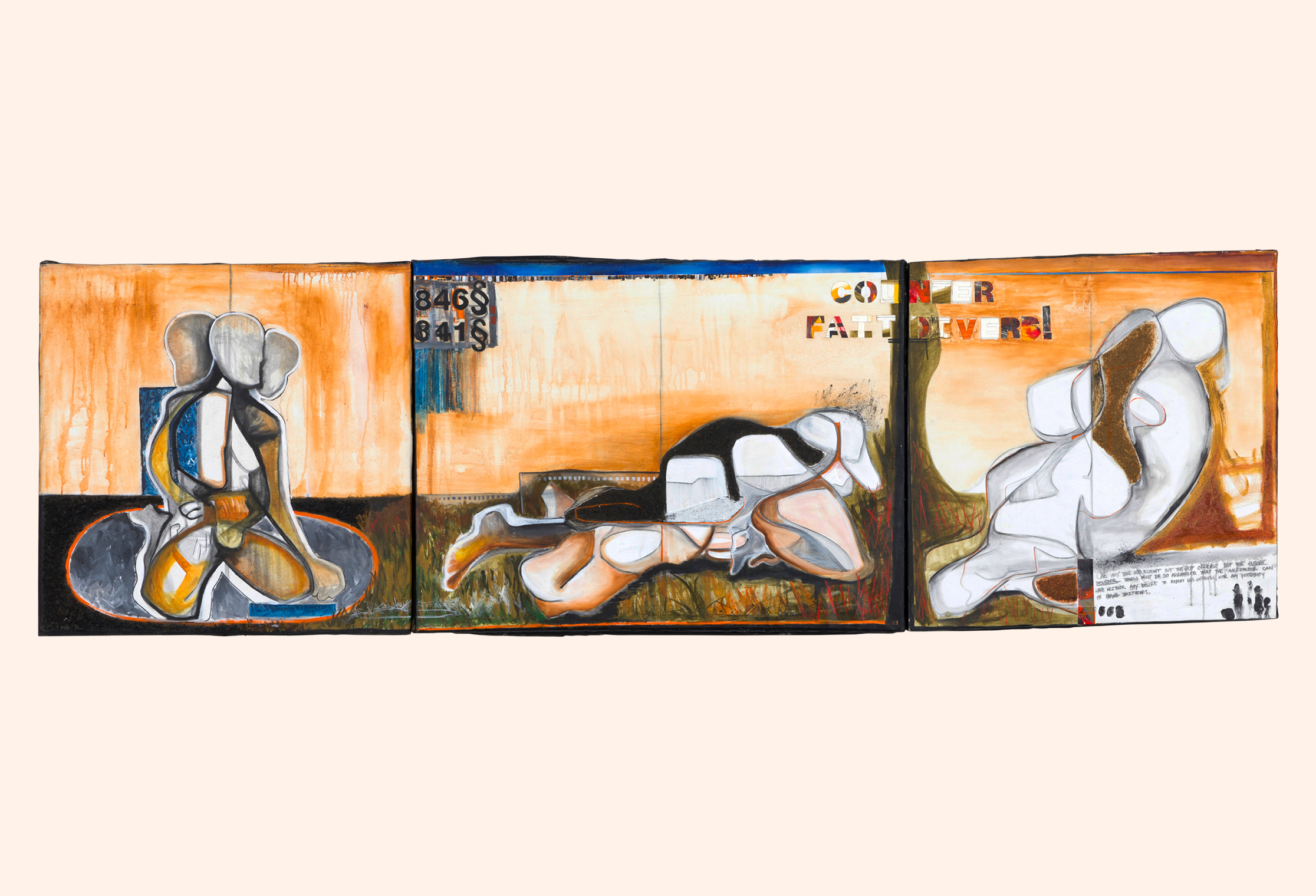Jared Owens is a visual artist who creates abstract work that navigates the politics of art-making within the carceral archipelago.
Owens’ work is a vibrant kaleidoscope of evocative forms and configurations that encapsulates the tenuous existence of the creative when confined to a liminal physical space. The vastness of his bold color palette, combined with his distinct use of shading via boxed or broad strokes, suggests that his work is a commentary on the complex experience of being only partly seen and known by society. In the center of many of his pieces, we find abstract replicants of the amorphous self–what might be interpreted as the spirit of a man still under construction but still deserving of attention and celebration.
Owen’s work was included in the exhibition Marking Time: Art in the Age of Mass Incarceration, at MoMA PS1 in 2020 and “Rendering Justice,” at the African American Museum of Philadelphia in 2020. His work was also featured at Malin Gallery, Martos Gallery, Rutgers University, and HBO’s “OG Experience,” in Chelsea, NY. He has completed site-specific installations at Eastern State Penitentiary Historic Site and a public art project with the Philadelphia Mural Arts program. He is a 2019 Right of Return Fellow, a 2022 Art for Justice Fellow, and 2022 Sliver Arts Residency. His work is in the permanent collection of the Studio Museum.



